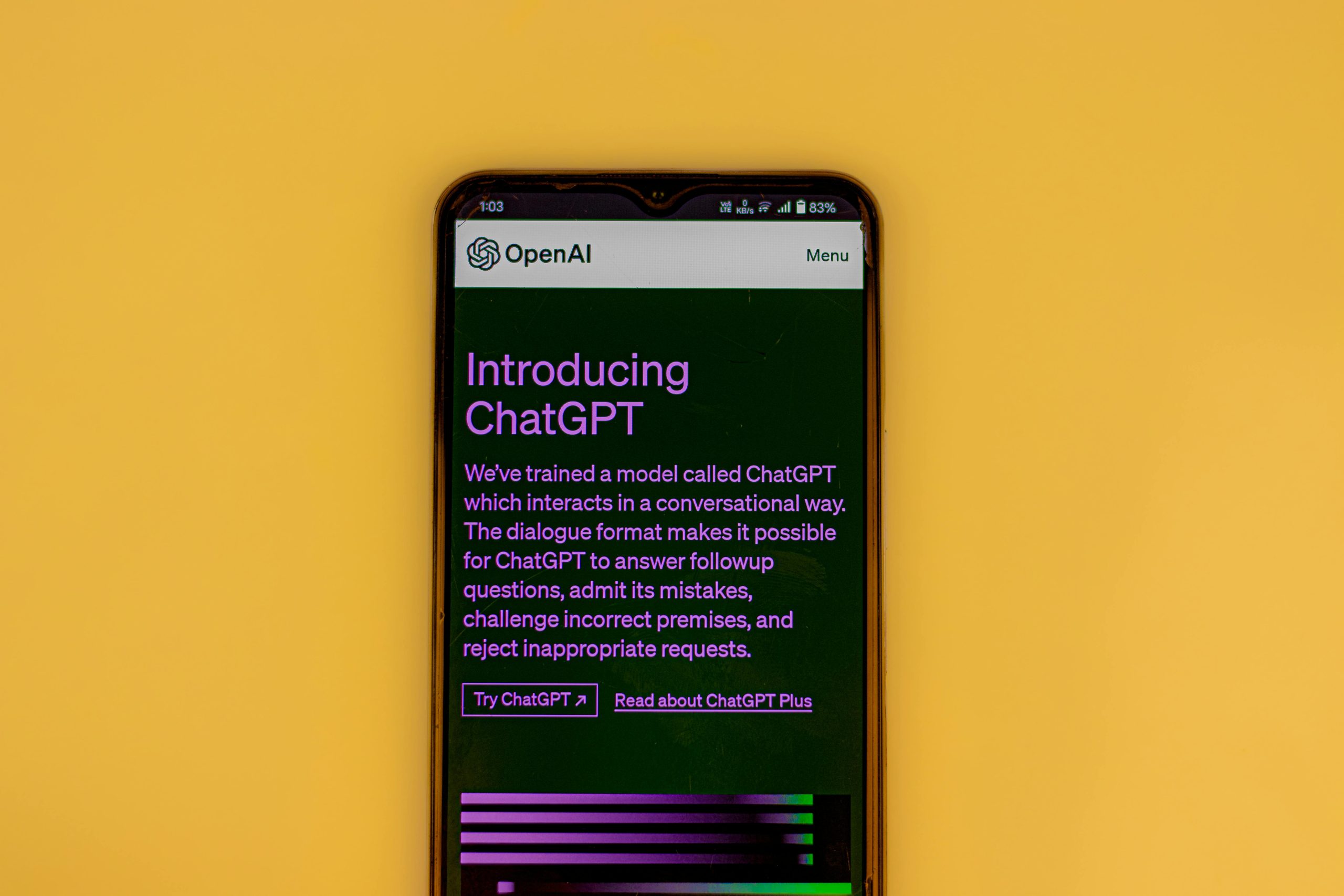How to Set Up Let’s Encrypt on a Local PC

Securing your local development environment with HTTPS is crucial for replicating production conditions and avoiding common web development pitfalls, such as mixed content warnings. While Let’s Encrypt is a popular choice for free SSL/TLS certificates, it does not directly issue certificates for “localhost” due to its validation requirements. However, there are effective workarounds and alternative methods to achieve secure local connections.
Understanding Let’s Encrypt and Localhost Limitations
Let’s Encrypt is a free, automated, and open Certificate Authority (CA) that provides SSL/TLS certificates to enable HTTPS for websites. It operates using the ACME (Automatic Certificate Management Environment) protocol, which requires domain validation to issue certificates. This validation process typically involves proving ownership of a public domain name, either through an HTTP-01 challenge (placing a file on the web server) or a DNS-01 challenge (adding a specific record to the domain’s DNS settings).
Why Let’s Encrypt Cannot Issue Certificates for “localhost”:
- No Verifiable Public Domain: “localhost” is a reserved domain name that always resolves to the loopback IP address 127.0.0.1. It lacks a public domain name that Let’s Encrypt can verify ownership of.
- Security Concerns: Allowing certificates for “localhost” could introduce security risks, as it bypasses the standard domain validation process that ensures a certificate is issued to the legitimate owner of a domain.
Workarounds for Securing Local Development with Let’s Encrypt
Despite the limitations, you can still leverage Let’s Encrypt certificates for your local development by employing specific strategies. These methods involve creating a setup where a public domain name points to your local machine, allowing Let’s Encrypt to validate and issue a certificate for that domain.
Method 1: Using a Custom Domain and DNS Challenge
This method involves registering a domain name (even a cheap or free one) and configuring its DNS records to point to your local machine. You then use the DNS-01 challenge with an ACME client like Certbot to obtain a certificate for this domain.
Steps:
- Register a Domain Name: If you don’t already have one, register a domain name. Many registrars offer affordable options. For example, Namecheap and NameSilo are popular choices.
-
Configure DNS Records:
- Point your domain’s DNS records (specifically, an A record or AAAA record) to your local machine’s IP address (usually 127.0.0.1 for local development).
- If your router supports it, you can configure it to act as a local DNS server and resolve your custom domain to your local IP.
- Alternatively, you can edit your computer’s hosts file to map the custom domain to 127.0.0.1.
-
Use Certbot with DNS Challenge:
- Install Certbot, the official ACME client recommended by Let’s Encrypt.
- When running Certbot, use the DNS-01 challenge. This requires an ACME client that supports DNS plugins for your specific DNS provider (e.g., Certbot with the
--dns-route53plugin for AWS Route 53, or other plugins for Namecheap, Cloudflare, etc.). - The command might look something like this (replace
yourdomain.comand the plugin with your specifics):sudo certbot certonly --manual --preferred-challenges dns -d yourdomain.com -d *.yourdomain.com - Certbot will provide you with a TXT record that you need to add to your domain’s DNS settings. After propagation, Certbot will verify ownership and issue the certificate.
- Configure Your Web Server: Use the obtained certificate and private key with your web server (e.g., Apache or Nginx) to enable HTTPS.
Considerations:
- This method requires managing DNS records and potentially a cloud server if you need to run Certbot remotely.
- Ensure your DNS changes have propagated before running Certbot.
Method 2: Using a Wildcard Certificate
If you own a domain, you can obtain a wildcard certificate (e.g., *.yourdomain.com) which can then be used for various local subdomains.
Steps:
-
Register a Domain and Obtain a Wildcard Certificate: Follow the steps above for registering a domain. When using Certbot with the DNS-01 challenge, request a wildcard certificate (e.g.,
-d *.yourdomain.com). -
Configure Local DNS: Map local development hostnames (e.g.,
project1.yourdomain.com,api.yourdomain.com) to 127.0.0.1 in your hosts file or local DNS server. - Configure Your Web Server: Use the wildcard certificate with your web server for these local subdomains.
Considerations:
- Wildcard certificates must be validated using the DNS-01 challenge.
- If the private key for a wildcard certificate is compromised, it affects all subdomains covered by it.
Alternative: Self-Signed Certificates
For purely local development where external validation is not a concern, generating self-signed certificates is a simpler and often preferred method. While browsers will show a security warning, you can trust these certificates within your system to avoid the warning.
Using OpenSSL to Generate Self-Signed Certificates
OpenSSL is a powerful toolkit for managing SSL/TLS certificates.
Steps:
- Install OpenSSL: Ensure OpenSSL is installed on your system.
-
Generate a Private Key:
openssl genpkey -algorithm RSA -out key.pem -aes256 -
Create a Certificate Signing Request (CSR):
openssl req -new -key key.pem -out csr.pemYou will be prompted to enter details like country, organization, and for the “Common Name,” enter “localhost” or your custom local domain name.
-
Generate the Self-Signed Certificate:
openssl x509 -req -days 365 -in csr.pem -signkey key.pem -out localhost.crtThis command creates a certificate valid for 365 days. You can adjust the
-daysparameter as needed. -
Configure Your Web Server: Use the generated
localhost.crt(certificate) andkey.pem(private key) in your web server’s SSL configuration. -
Trust the Certificate: Import the
localhost.crtfile into your operating system’s or browser’s trust store to avoid security warnings.
Using mkcert for Local Development
mkcert is a user-friendly tool that simplifies the creation of locally trusted development certificates. It automatically generates a local root CA and signs your certificates with it, making them trusted by your system without manual intervention.
Steps:
-
Install
mkcert: Follow the installation instructions for your operating system from the officialmkcertGitHub repository. -
Install the Local Root CA:
mkcert -installThis command installs the
mkcertroot CA into your system’s trust store. -
Generate a Certificate:
mkcert localhost 127.0.0.1 ::1 your-local-domain.testReplace “localhost”, “127.0.0.1”, “::1”, and “your-local-domain.test” with the hostnames and IP addresses you need.
- Configure Your Web Server: Use the generated certificate and key files with your web server.
Advantages of Self-Signed Certificates:
- Simplicity: Easier and quicker to set up for local environments.
- No External Dependencies: Does not require a registered domain or interaction with external DNS.
- Full Control: You have complete control over the certificate’s validity period and parameters.
Disadvantages of Self-Signed Certificates:
- Browser Warnings: Browsers will show security warnings unless the certificate is manually trusted.
- Limited Trust: Not trusted by default by other systems or users unless explicitly trusted.
Best Practices for Local SSL Certificate Management
Regardless of the method you choose, adhering to best practices ensures the security and reliability of your local development environment.
- Keep Certificates Updated: Let’s Encrypt certificates are valid for 90 days and require renewal. Automate this process using Certbot’s renewal features or scheduled tasks.
- Secure Private Keys: Never share or expose your private keys. Store them securely and limit access to authorized personnel.
- Use Strong Encryption: Ensure your web server is configured to use strong TLS versions (TLS 1.2 and TLS 1.3) and modern cipher suites.
- Inventory Management: Maintain an inventory of your certificates, including their expiration dates and associated private keys.
- Consider a Private CA: For more complex local setups or internal networks, setting up your own private Certificate Authority (CA) can provide centralized management and trust. Tools like
xcaormkcertcan help with this.
Troubleshooting Common Issues
When setting up local SSL, you might encounter issues such as firewall blocks, DNS propagation delays, or incorrect web server configurations.
- Firewall Issues: Ensure ports 80 and 443 are open for Certbot’s challenges.
- DNS Propagation: Allow sufficient time for DNS changes to propagate across the internet. Use tools like
whatsmydns.netto check propagation status. - Web Server Configuration: Verify that your web server is correctly configured to use the SSL certificate and private key, and that the
ServerNamedirective is set appropriately. - Mixed Content Warnings: Ensure all resources (images, scripts, stylesheets) are loaded over HTTPS to avoid these warnings.
By understanding the limitations of Let’s Encrypt for “localhost” and employing the appropriate workarounds or alternative methods like self-signed certificates, you can effectively secure your local development environment with HTTPS, leading to more robust and reliable web applications.










